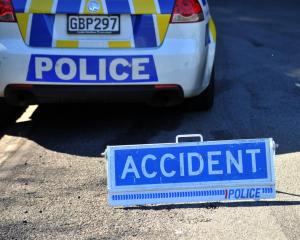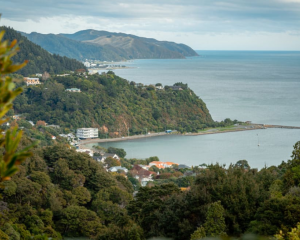Fewer than two out of every 100 visitors to New Zealand might use the Prime Minister's proposed national cycleway - but they are likely to be among tourism's bigger spenders.
Figures from the Ministry of Tourism show that less than 2% of visitors take part in cycling but they stay more than twice as long as the average tourist and spend 1.6 times as much.
The proposed $50 million cycleway, which was among ideas to emerge from the Government's Jobs Summit three weeks ago and so far has been backed strongly by Mr Key, could attract more international tourists but the benefits to local communities are unpredictable, one report suggests.
It is hoped the 3000km cycleway would create jobs for up to 4000 people.
A 2008 economic study on the Otago Central Rail Trail - New Zealand's longest and most successful cycle trail - found about 30% of users were international tourists.
Overseas visitors are counted as a trade gain to New Zealand because they bring additional money into the country.
Domestic tourists are considered to be spending money they would have spent elsewhere in New Zealand.
The 150km Otago rail trail attracts between 10,000 and 12,000 people every year at a conservative estimate.
A total of 60,000-80,000 people are thought to use some part of it on a regular basis.
Otago Central Rail Trail Charitable Trust chairwoman Daphne Hull said the trust had spent about $1.3 million on facilities such as toilets and information signs since the track opened in 2000.
The Department of Conservation has also spent a significant amount.
Mrs Hull said the route of the proposed national cycleway should be considered carefully to take it through as many small communities as possible to bring local businesses an economic benefit.
The 2008 study showed almost half of all businesses surveyed along the rail trail got 20% of their revenue from tourists associated with the trail.
Ministry of Tourism figures for the year to September 2008 found 45,000 of the 2,469,064 international visitors to New Zealand took part in a cycle sport.
In total, cycling tourists spent $199 million on their trip, not including international airfares - an average of $4386 each.
The average spend of all international tourists was $2692.
Cycling tourists on average stayed in New Zealand for 49.2 nights, more than twice the average length of stay of 20.9 nights.
Britons made up the biggest number of cyclists at 19%, followed by Australians (17%) and visitors from the US (9%).
Mrs Hull said the rail trail had an impact on new businesses opening in an area such as Ranfurly, where a section sold for 1 in 2001.
Now, a new motel had been built in the middle of the town to cater for trail users.
While there were queries constantly from New Zealanders as well as from Australia and the UK, she was not certain a national cycleway would bring huge numbers of additional tourists to New Zealand.
"It depends on where they put it and how well they plan it."
She believes a route following State Highway 1 would be unlikely to prove popular.
"People enjoy little shops and bed and breakfasts. That's what small communities can provide."
The authors of the economic report also provide a warning: "The rail trail has become a significant part of the local economy but its contribution is uneven, largely unpredictable and subject to economic forces operating at a scale much greater than local businesses' area of operation."












